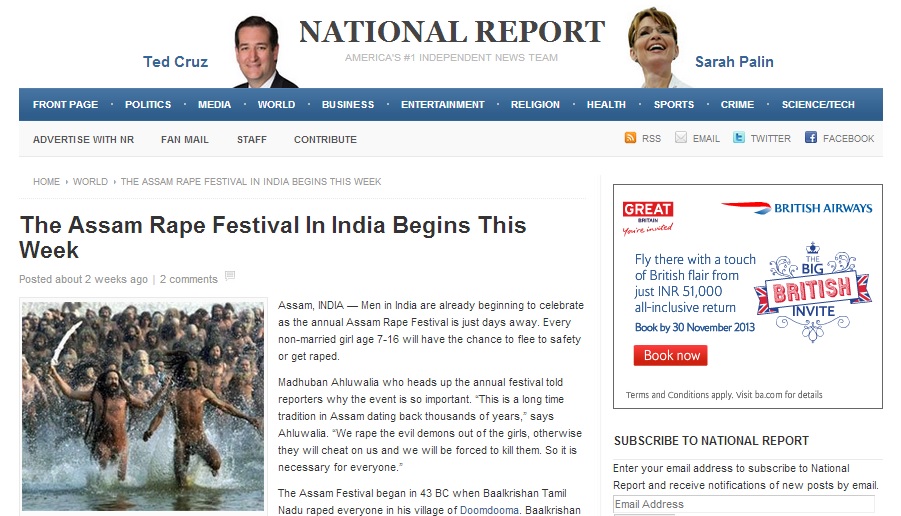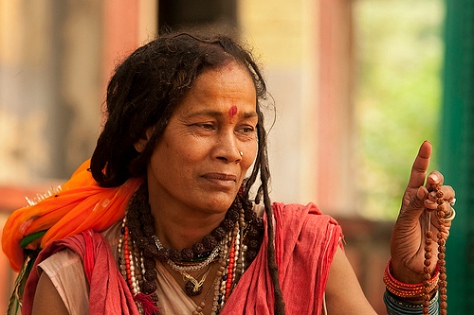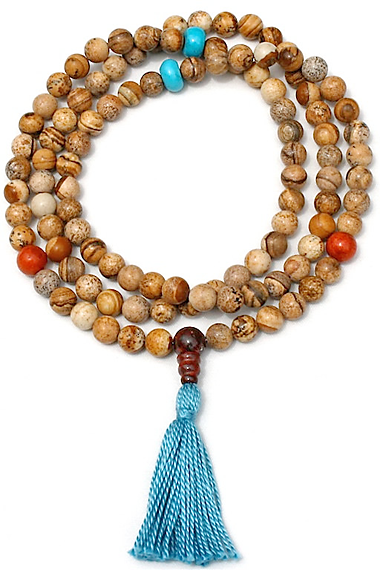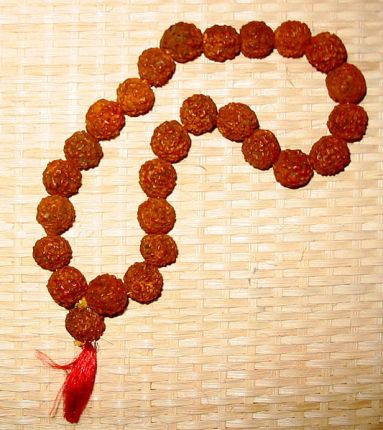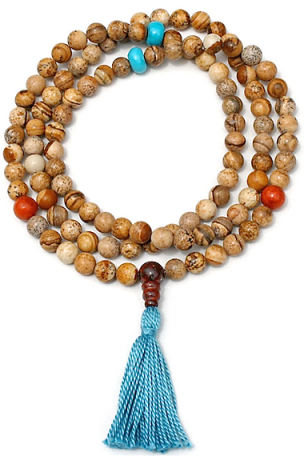.
“Mauritius was made first, and then heaven; and that heaven was copied after Mauritius.” – Mark Twain

The Republic of Mauritius is an island nation about 1,200 miles (2,000 km) off the southeast coast of the African continent in the southwest Indian Ocean. The country includes the island of Mauritius, island of Rodrigues, the islands of Agalega and the archipelago of Saint Brandon. Port Louis is the largest city and the capital of the island nation. Mauritius is also known as Maurice and Île Maurice in French, and Moris in creole.
Mauritius has a unique blend of different races, cultures and religions. People of European, African, Indian and Chinese origins have created a multiracial society. The various cultures and their traditions flourish in peace and harmony in Mauritius. Most Mauritians are multilingual. They speak Mauritian Creole, English, French, and Asian languages.
Mauritius had an estimated population of 1.26 million in 2013. Now around 15% of Indo-Mauritians are Tamils and form 10% of the total population of Mauritius. Tamil Mauritians are the descendants of Tamil migrants to Mauritius. The original immigrants from South India were craftsmen and tradesmen brought to the island during the French rule from 1710 to 1810.
During the French occupation, Mauritian planters imported slaves from Africa and Madagascar. After the French, the British ruled Mauritius from 1810 to 1968. When the British abolished slavery in 1835, the planters brought many indentured labourers from South India. Between 1834 and 1921, around half a million indentured labourers were present on the island. They worked on the sugar estates, factories, in transport and on construction sites. Additionally, the British brought 8,740 Indian soldiers to the island.
Though categorized as Hindus in the constitution, the Tamils are seeking a separate identity. They have been struggling for almost 30 years for this cause.
Though there has always been a Tamil as the Minister of Education since 1983, only 100 out of 200 primary schools teach Tamil. The situation is worse in secondary schools. Only 20% percent of the Mauritian Tamils speak Tamil now. Some can read and write Tamil to some extent. Literacy in Tamil has fallen from 60% to 20%. Most Mauritian Tamils now speak Mauritian Creole, introduced by the French settlers, that includes many Tamil words.
The Tamil community includes a Hindu majority (86%), Christians (12%) – mostly Roman Catholic, and the rest are Muslims.
Most Mauritian Tamils identify themselves as Tamil. Because they by mistake understand Tamil as a religion instead of as a language. Muruga is the Tamil god, and Cavadee is a Tamil festival. For them, Hindus are people from North India, while the Tamils are a race from South India, mainly from Tamil Nadu.
Tamil festivals in Mauritius are the Cavadee, Tami Puththaandu (New Year) in April, Theemithi (fire-walk), and Thai Pongal. Thaipusam, the Tamil Hindu festival, is a national holiday in Mauritius and on that day the Mauritian Hindu Tamils throng the temples.
Since 1727, Mauritian Tamils have constructed almost 125 temples. In earlier times, prayers were in Tamil. After the arrival of Brahmin priests from India, most prayers are now recited in Sanskrit.
In the banknotes of Mauritius the denominations are traditionally written in English, Tamil and Hindi scripts, in that order. On October 18, 1998, the Central Bank of Mauritius released a new series of banknotes upon which the order of the latter two languages was reversed, with Hindi appearing before Tamil.
 |
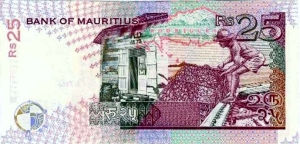 |
The Central Bank of Mauritius reported, the reason for the change in the order. It claimed that the Tamil text would have encroached on the portrait of Sir Moilin Jean Ah-Chuen on the 25-rupee note if it remained in its original position on the note. But the Tamil community did not accept this explanation. Thousands of outraged Mauritian Tamils took to the street protesting that their language appeared last on the notes and their community had been slighted. “The controversial family of banknotes was a deliberate affront at the history of this country and more especially to the Tamil culture,” they said.
The Mauritian Tamil community is only about 10% of the population of Mauritius as opposed to the North Indian Hindu community, which makes up about 40 percent of the population. However, the Tamils claimed precedence on the banknotes based on traditional practices and to have arrived on the island before the members of the North Indian Hindu community.
During the protests, the Mauritian Tamil community burned effigies of the Governor of the Bank of Mauritius. Representations were made to the President of Mauritius. Tamil members of Parliament threatened to resign from their position if the new banknote design was not pulled out of circulation.
On November 18, 1998, a month after the release of the new banknotes, the government of Prime Minister Navinchandra Ramgoolam asked the central bank to withdraw the notes from circulation. The Bank of Mauritius complied. It was a victory for the Mauritian Tamils.
The reprinting of the banknotes cost more than 50 million Mauritius rupees.
Here are some regular Mauritian currency:
 |
 |
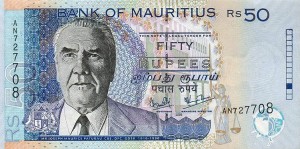 |
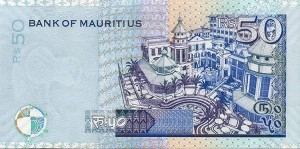 |
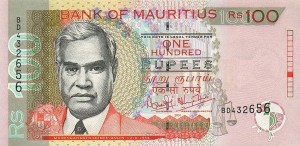 |
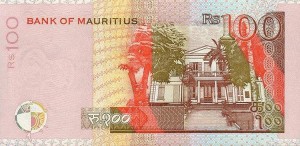 |
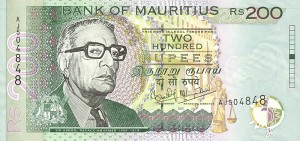 |
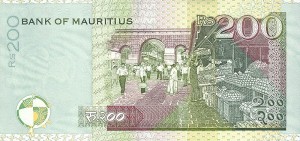 |
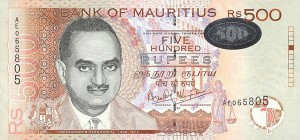 |
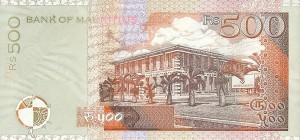 |
 |
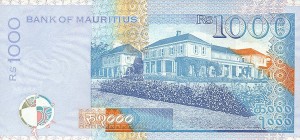 |
 |
 |
- Thaipoosum Cavadee, a Mauritian National Celebration (radiolepep.com)
- Discover eden in Mauritius (manilastandardtoday.com)
- Mauritius (en.wikipedia.org)
- Tamil Mauritian (en.wikipedia.org)
- TAMILS – A TRANS STATE NATION (tamilnation.co)
- Mauritian Rupee MUR (mypivots.com)
- Mauritius Tamil community stops banknote alteration, 1998
(nvdatabase.swarthmore.edu)
.













 THIS IS MY BELOVED INDIA!
THIS IS MY BELOVED INDIA!

